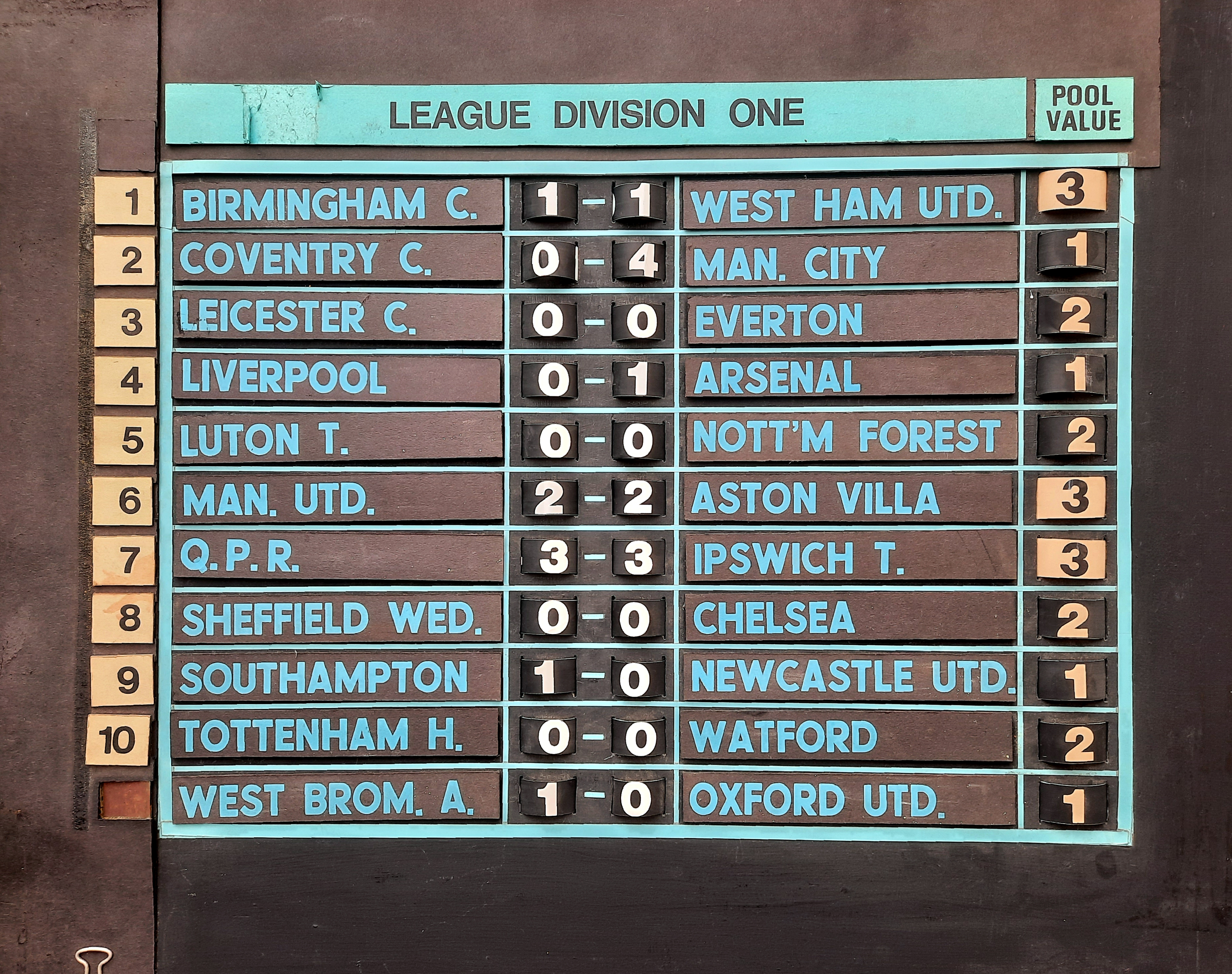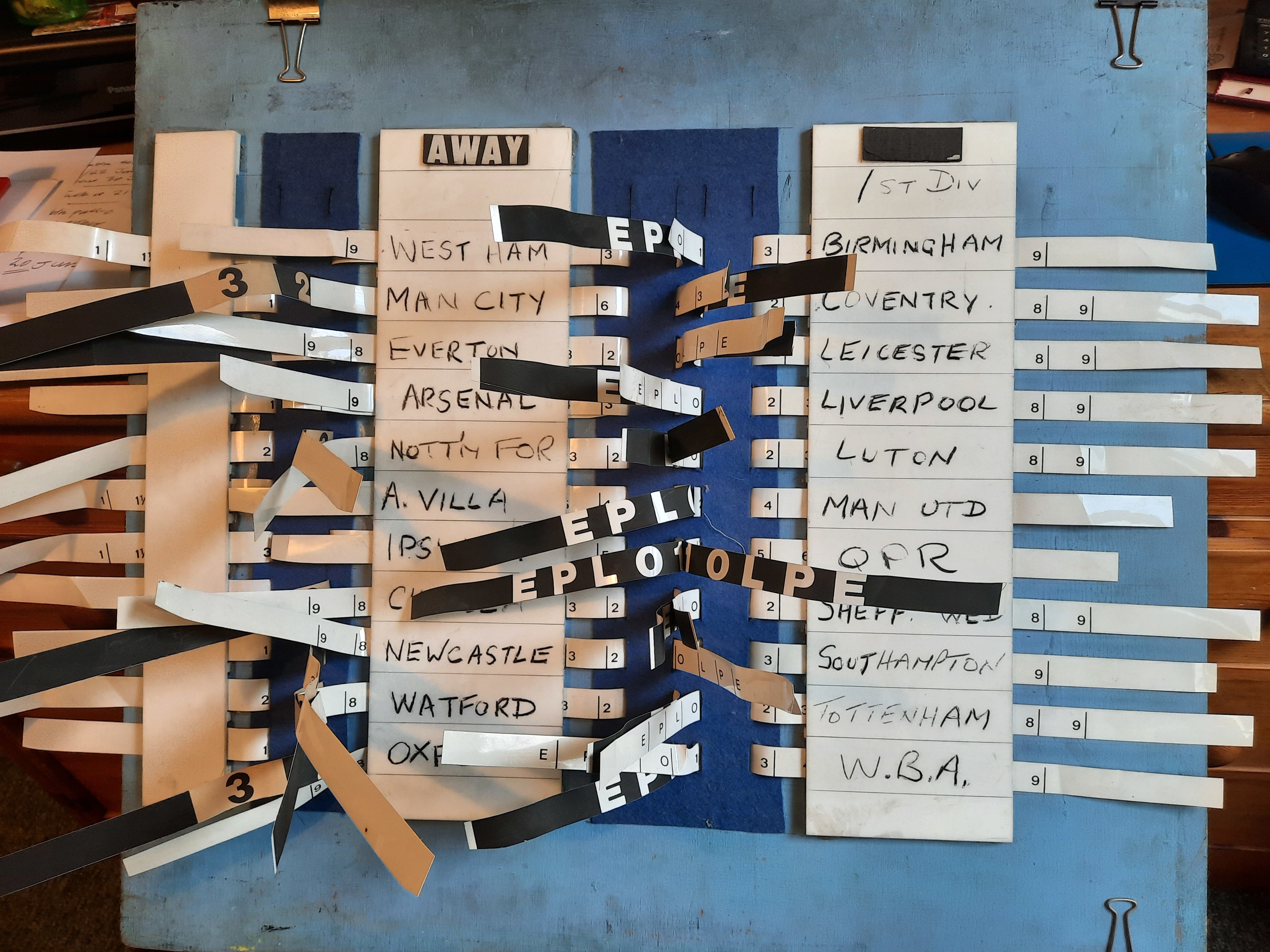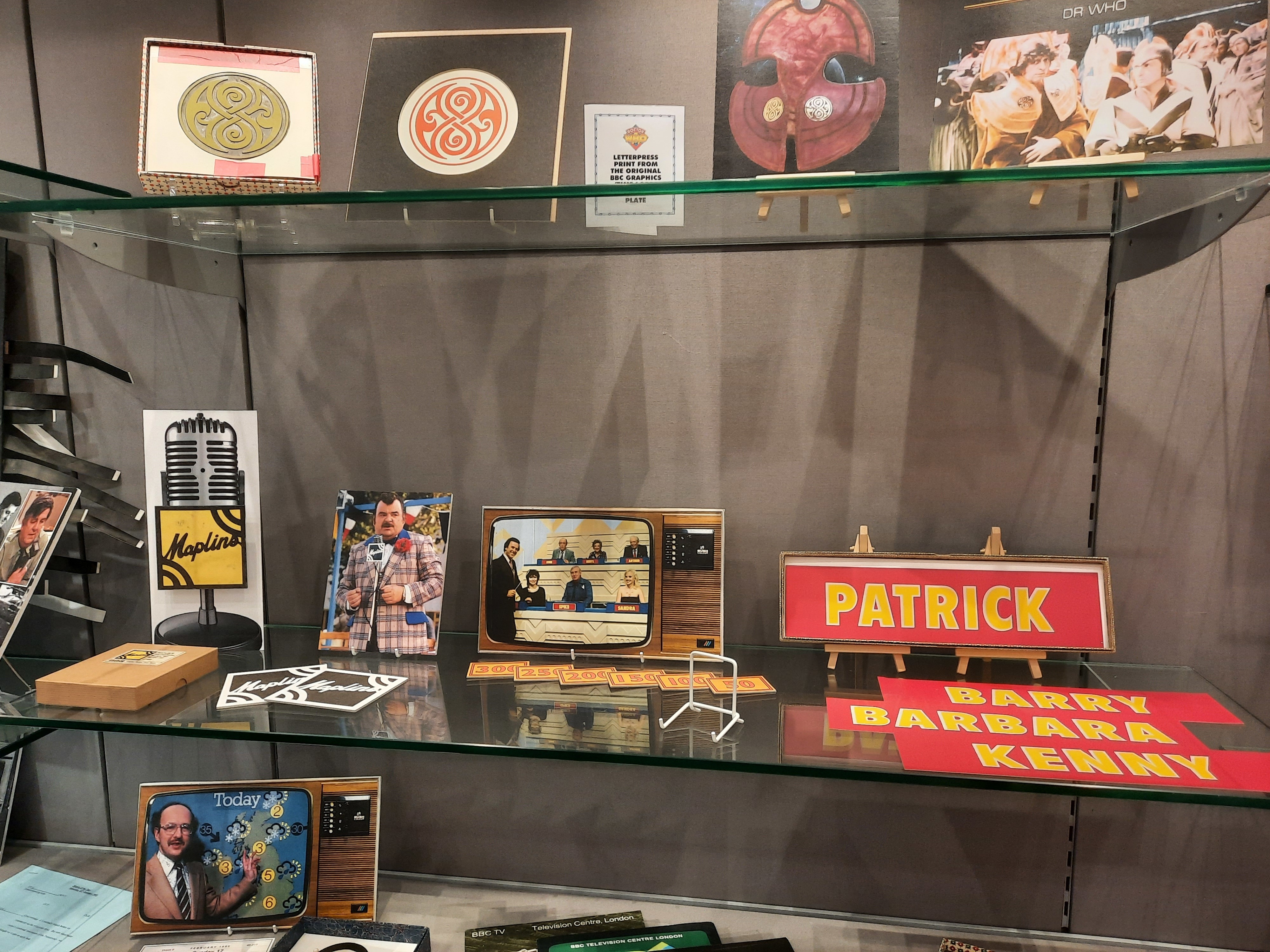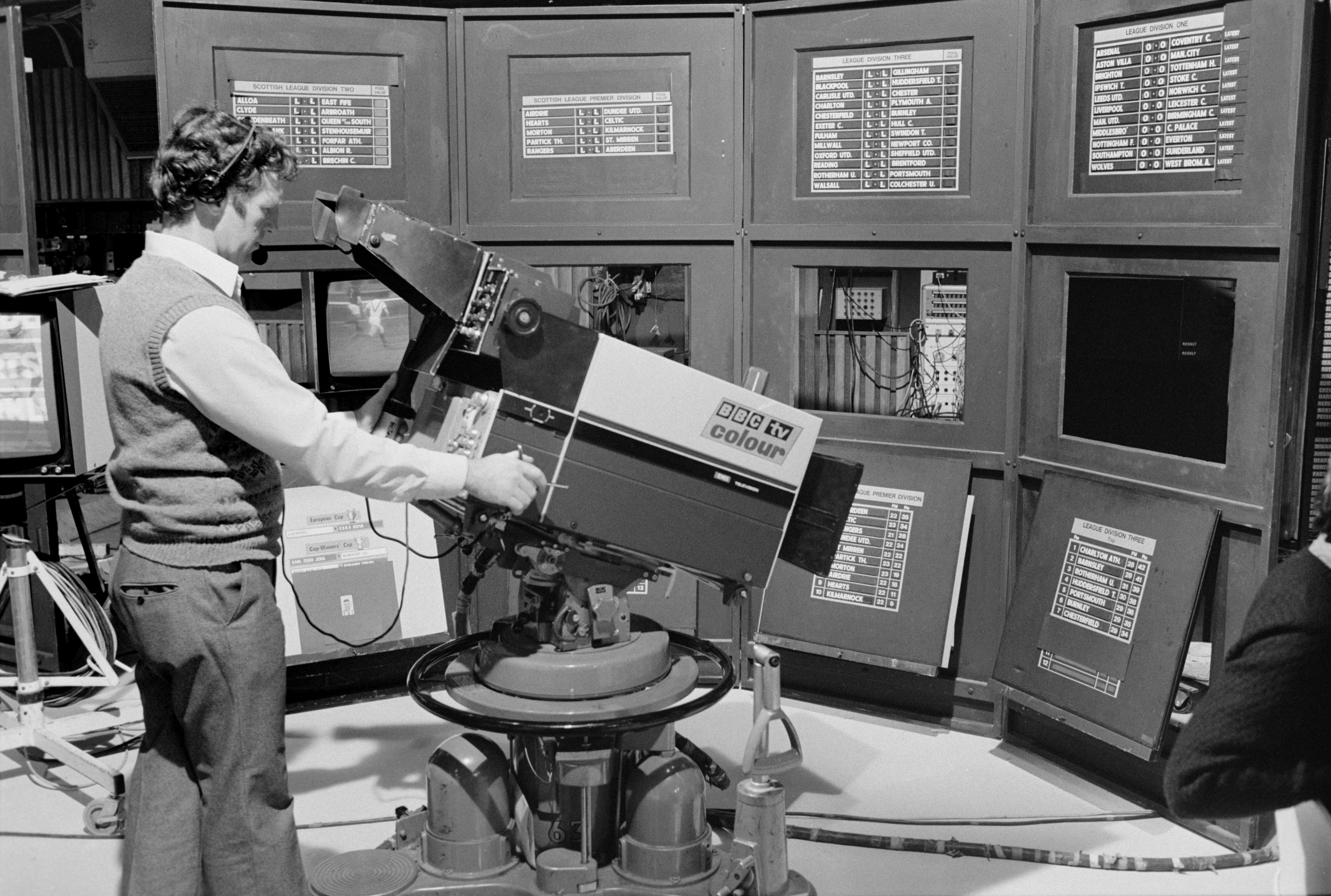Tuesday, 9:00am
20 September 2022
Analogue survivors
Bob Richardson’s collection of BBC-related ephemera at St Bride is a must-see
‘A
Kingdom of Cardboard’, which runs until 6 January 2023 at St
Bride Library, is an analogue treat, evoking a time when television dominated a nation’s media. Though the exhibition deals with graphic design’s essential role
in sport, culture and mass entertainment, it is the opposite of a
blockbuster design museum exhibition. Everything is displayed in cabinets in one neat
room on the ground floor of London’s ‘temple of type’, the St Bride Printing Library, also the home of Eye magazine’s regular Type Tuesday events.
The artefacts on display are from the collection of St Bride’s Bob Richardson, who spent more than 30 years in the BBC’s graphic design department and salvaged many pieces of BBC graphic ephemera, gathering and documenting a remarkable collection. As Richardson explains, the BBC is not a museum; it had no reason to retain items that were no longer required for transmission: ‘the dustbin beckoned.’ All of the items in this small exhibition were rescued from skips and rubbish bins and are rare survivors of this analogue era.
Richardson’s live / online lecture on Wed 21 September [https://billetto.co.uk/e/a-kin...] will bring the exhibition to life. Here we present just a few of the artefacts on display.
Top. Original BBC2 ‘Slices’ symbol
(1974), as transmitted.
Right. The only surviving Grandstand
Classified Football Results board, 16 August 1985. Constantly
updated throughout Saturday afternoon, this is one of sixteen or more boards that also displayed rugby results and tables.

This image of the rear of the board shows its
complexity. Scores could be updated live in vision by
gently pulling the plastic strips with a steady
hand.

Miscellaneous BBC graphics ephemera, including ‘Time Lords’ ceremonial collars (Doctor Who, 1976), graphic props for the comedy series Hi-De-Hi! and screenprinted light-box name panels for the
BBC1 game show Blankety Blank, made for Patrick Moore, Barry
Cryer, Barbara Windsor and Kenny Everett.

Miller & Richard’s distinctive Antique Old Style
was used for the credits of Fawlty Towers (1975 and 1979) by John Cleese and Connie Booth.
Grandstand, 1981. A studio camera shoots monochrome captions on a caption stand. Colour was synthesised electronically by the vision mixer.

The original BBC2 ‘Cube’ symbol (1967-74). Lit internally, the continuity announcer could cue it to revolve by pressing a foot pedal. Colours were synthesised electronically using a device known as a Cox Box.
BBC2 ‘Slices’ version replaced the ‘Cube’ in 1974. Revolving discs spun in opposite directions to produce the new network Symbol. The word ‘Colour’ was dropped as superfluous. The version as transmitted can be seen at the top of this article.
Eye is the world’s most beautiful and collectable graphic design journal, published for professional designers, students and anyone interested in critical, informed writing about graphic design and visual culture. It is available from all good design bookshops and online at the Eye shop, where you can buy subscriptions and single issues.
